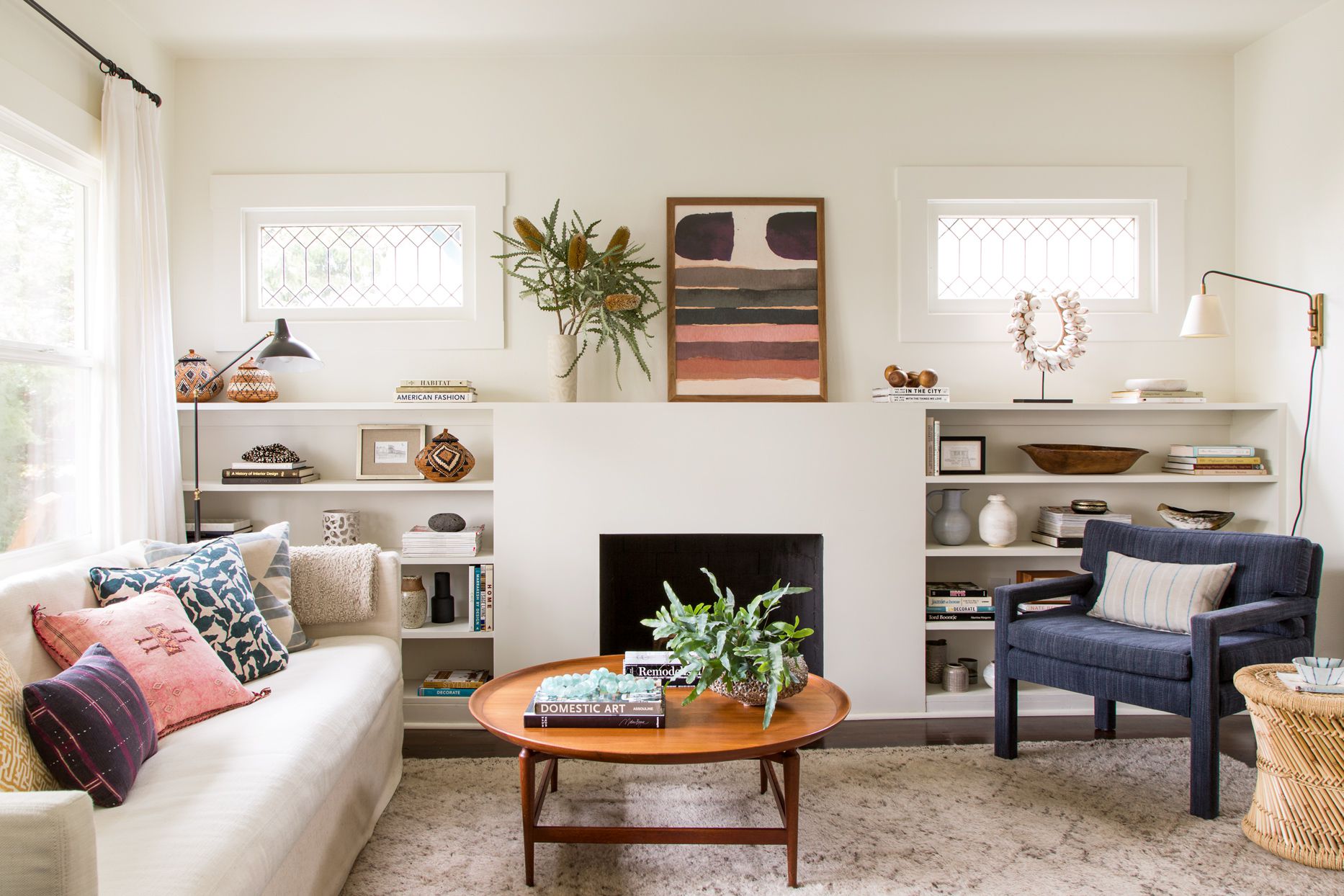

Articles
How Should I Set Up My Living Room
Modified: January 20, 2024
Discover expert tips and advice on how to set up your living room with our informative articles. Create a cozy and stylish space that reflects your personal style.
(Many of the links in this article redirect to a specific reviewed product. Your purchase of these products through affiliate links helps to generate commission for Storables.com, at no extra cost. Learn more)
Introduction
Welcome to the heart of your home, the living room. As one of the most frequently used rooms in the house, it’s important to create a space that is not only comfortable and inviting but reflects your personal style and meets your functional needs. The way you set up your living room can have a significant impact on the overall ambiance and functionality of the space. From choosing the right furniture to arranging it in an optimal layout, there are several key considerations to keep in mind.
In this article, we will guide you through the process of setting up your living room to create a harmonious and functional space that suits your lifestyle. We will cover everything from selecting the right furniture to arranging it in a way that maximizes space and functionality. Additionally, we will explore various aspects such as lighting, color, décor, and storage solutions to help you create a living room that is both visually appealing and practical.
Whether you are starting from scratch or looking to refresh your current living room setup, this comprehensive guide will provide you with valuable insights and practical tips to transform your living room into a space that you and your family will love spending time in.
So, let’s dive in and discover how you can set up your living room to create a harmonious and inviting space that reflects your style and meets your needs.
Key Takeaways:
- Create a harmonious living room by choosing furniture that reflects your style, optimizing space and functionality, and incorporating personal touches for a cozy and inviting atmosphere.
- Transform your living room into a personalized sanctuary by carefully arranging furniture, selecting proper lighting, and adding final touches that reflect your individuality and make the space uniquely yours.
Read more: How Should I Design My Living Room
Choosing the Right Furniture
When it comes to setting up your living room, choosing the right furniture is crucial. The furniture you select not only determines the comfort and functionality of the room but also sets the overall style and aesthetic. Here are some factors to consider when choosing your living room furniture:
- Size: Start by assessing the size of your living room. Measure the dimensions of the space to determine how much room you have to work with. This will help you choose furniture that fits proportionally without overcrowding the area.
- Functionality: Consider how you plan to use the living room. Will it primarily be a space for entertaining guests, relaxing, or both? Think about the activities you and your family will engage in and select furniture that supports those needs.
- Style: Determine the style you want to achieve in your living room. Are you aiming for a traditional, modern, rustic, or eclectic look? Browse through magazines, online resources, and furniture stores to get inspiration and identify the style that resonates with you.
- Comfort: Comfort is key when it comes to living room furniture. Opt for pieces that not only look good but also provide support and coziness. Look for sofas and chairs with high-quality cushions and upholstery to ensure maximum comfort.
- Durability: Since the living room is a high-traffic area, it’s important to choose furniture that is durable and long-lasting. Consider the materials used in the construction of the furniture and opt for high-quality options that can withstand regular use.
- Flexibility: To make the most of your living room space, consider furniture that is versatile and can serve multiple purposes. For example, choose a coffee table with storage or a sofa that can be easily transformed into a sleeper for accommodating guests.
Remember, the furniture you choose should not only reflect your style but also cater to your lifestyle and provide comfort and functionality. Take the time to explore different options, test them out in person if possible, and envision how they will fit into your living room space.
Determining the Room Layout
Once you have chosen the right furniture for your living room, the next step is to determine the room layout. The layout of your living room plays a crucial role in creating a functional and visually pleasing space. Here are some tips to help you determine the best room layout:
- Consider the focal point: Identify the focal point of your living room, which could be a fireplace, a large window with a view, or a TV. Arrange the furniture in a way that complements the focal point and allows for easy viewing.
- Create conversation zones: If your living room is large, consider creating multiple conversation zones. Place sofas and chairs facing each other to encourage interaction and conversation. Arrange the furniture in a way that facilitates comfortable communication.
- Avoid blocking traffic flow: Ensure that the placement of furniture does not obstruct the natural flow of traffic in the room. Leave enough space for people to walk around without feeling cramped.
- Balance the room: Achieve visual balance by distributing furniture evenly throughout the room. Avoid placing all the large pieces on one side and leaving the other side empty. Create a sense of equilibrium by spreading out the furniture.
- Consider the room shape: The shape of your living room will influence the layout. If it is a long, narrow room, consider placing furniture along the shorter walls to make the space appear wider. If the room is square, you have more flexibility in arranging your furniture.
- Take natural light into account: Arrange your furniture to make the most of natural light sources. Position seating areas near windows to take advantage of the views and natural light during the day.
- Experiment and adjust: Don’t be afraid to experiment with different layouts. Move furniture around and test out different arrangements until you find the layout that works best for your living room space.
Remember, the goal of determining the room layout is to create a space that is visually appealing, functional, and conducive to conversation and relaxation. Take into consideration your furniture and the unique characteristics of your living room to find the perfect layout that suits your needs and enhances the overall atmosphere of the space.
Maximizing Space and Functionality
When it comes to setting up your living room, maximizing space and functionality is essential, especially if you have a smaller or compact living area. Here are some tips to help you make the most of your space:
- Remove clutter: Start by decluttering your living room. Get rid of items that are taking up unnecessary space and creating visual chaos. Keep only the essentials and find creative storage solutions for items that you still want to keep.
- Choose multi-functional furniture: Opt for furniture that serves multiple purposes. For example, choose a coffee table with hidden storage or a sectional sofa with a pull-out bed. This will help you maximize your space and make your furniture work harder.
- Utilize vertical space: Make use of wall-mounted shelves and storage units to free up floor space. This can be a great way to display decorative items, books, or even create a mini home office area without taking up valuable floor space.
- Use mirrors strategically: Mirrors can create the illusion of a larger space by reflecting light and making the room appear more open. Hang a large mirror on a wall or use mirrored furniture to help visually expand your living room.
- Opt for furniture with exposed legs: Furniture with exposed legs gives the impression of more floor space as compared to furniture that sits directly on the floor. Choose sofas, chairs, and tables with legs to create an airy and spacious feel.
- Consider modular or sectional seating: If you have a small living room, consider modular or sectional seating arrangements. These can be customized and rearranged to fit your space and provide flexibility for different seating configurations.
- Use light and neutral colors: Light and neutral color schemes can make a room feel more open and spacious. Choose light-colored furniture, walls, and curtains to create an airy and expansive feel in your living room.
- Create visual depth: Use visual tricks to create depth in your living room. Hang art or photographs at varying heights to draw the eye upward, and layer furniture and accessories to create dimension and visual interest.
- Keep pathways clear: Ensure that there are clear pathways and flow in your living room. Avoid placing furniture in a way that obstructs movement or creates a cramped feeling in the space.
By implementing these tips, you can maximize the space and functionality of your living room, regardless of its size. Remember to think creatively, use multi-functional furniture, and keep the overall aesthetic light and open to create a welcoming and functional living room.
Selecting the Proper Lighting
Proper lighting is essential in setting up your living room to create the right ambiance and enhance functionality. Here are some factors to consider when selecting the appropriate lighting for your living room:
- Natural light: Start by taking advantage of natural light sources. Position your furniture near windows to maximize natural light during the day. Use light-colored curtains or blinds that allow light to filter through while maintaining privacy.
- General lighting: General or ambient lighting sets the overall tone in your living room. It provides overall illumination and is typically achieved through ceiling-mounted fixtures such as chandeliers, flush mount lights, or track lighting. Choose fixtures that complement the style of your living room and provide sufficient light for the entire space.
- Task lighting: Task lighting is essential for specific activities such as reading, working on a laptop, or playing board games. Consider floor or table lamps that provide focused lighting for these activities. Place them strategically near seating areas or workstations to ensure adequate illumination.
- Accent lighting: Accent lighting adds depth and interest to your living room. It is used to highlight artwork, architectural features, or specific décor items. Wall sconces, picture lights, or directional spotlights can be used to draw attention to these focal points and create visual interest.
- Dimmers and controls: Installing dimmers or using smart lighting controls allows you to adjust the intensity of the light according to different activities or moods. This gives you flexibility in creating the desired ambiance in your living room.
- Lighting placement: Consider the placement of your lighting fixtures to ensure even distribution of light throughout the room. Avoid placing fixtures in a way that creates harsh shadows or uneven lighting. Experiment with different placements to achieve balanced and flattering lighting.
- Lighting as décor: Lighting fixtures can also serve as decorative elements in your living room. Choose fixtures that not only provide illumination but also add to the overall aesthetic of the room. Consider unique pendant lights, stylish chandeliers, or statement floor lamps to make a visual impact.
Remember, lighting plays a crucial role in creating the right ambience and functionality in your living room. By carefully selecting and placing your lighting fixtures, you can create a warm and inviting space that suits your needs and enhances the overall atmosphere of the room.
Read more: How I Decorate My Living Room
Creating a Focal Point
A focal point is a key element in your living room that draws attention and serves as the centerpiece of the space. It adds visual interest and establishes a focal point for the room’s design. Here are some tips to help you create a focal point in your living room:
- Choose a standout piece: Select a standout piece of furniture, such as a unique sofa, a bold accent chair, or a statement coffee table. This piece should be eye-catching and set the tone for the room’s style and aesthetic.
- Highlight architectural features: If your living room has architectural features, such as a fireplace, large windows, or exposed brick walls, highlight them to create a focal point. Arrange your furniture around these features to emphasize their importance in the room.
- Use artwork or a gallery wall: Hang a large piece of artwork or create a gallery wall with a collection of smaller pieces to create a focal point. Choose artwork that resonates with your style and complements the overall color scheme of the room.
- Add a standout light fixture: Install a striking light fixture such as a chandelier or a pendant light as the focal point of the room. This not only provides lighting but also adds a touch of elegance and visual interest to the space.
- Create a feature wall: Paint one wall in a bold color or add wallpaper to create a feature wall that stands out from the rest. This wall can act as a focal point and create a sense of depth and visual interest in the living room.
- Arrange furniture in a conversational grouping: Create a seating arrangement that encourages conversation and interaction. Arrange sofas and chairs in a way that faces each other, with a coffee table or ottoman in the middle. This arrangement naturally draws attention and becomes a focal point in the room.
- Add a visually stunning rug: Lay down a visually stunning rug that becomes the focal point of the room. Choose a rug with a bold pattern, vibrant colors, or intricate designs that anchor the furniture and provide an element of visual interest.
Creating a focal point in your living room adds depth, visual interest, and a sense of balance to the overall design. With these tips, you can choose a focal point that reflects your style and becomes the centerpiece of your living room, creating a captivating and inviting space.
When setting up your living room, consider the flow of traffic and create designated areas for different activities such as conversation, TV viewing, and reading. Use rugs and furniture placement to define these areas.
Considering Color and Décor
Color and décor play a significant role in setting the mood and overall aesthetic of your living room. They have the power to transform a space and make it feel cohesive and inviting. Here are some tips to consider when choosing colors and décor for your living room:
- Choose a color scheme: Start by selecting a color scheme that sets the tone for your living room. You can opt for a monochromatic scheme using different shades of one color, a complementary scheme using colors opposite each other on the color wheel, or an analogous scheme using colors next to each other on the color wheel.
- Create a focal point with color: Use color to create a focal point in your living room. Choose a bold or vibrant color for an accent wall, a piece of furniture, or accessories to draw attention and add visual interest to the space.
- Consider the psychology of colors: Keep in mind the emotions and moods that different colors evoke. Warm colors like red and orange can create a cozy and energetic feel, while cool colors like blue and green can bring a sense of calm and tranquility. Choose colors that align with the atmosphere you want to create in your living room.
- Balance bold and neutral tones: Strike a balance between bold and neutral tones to create visual harmony. Use neutral colors like white, gray, or beige as a base and incorporate pops of color through accessories or accent pieces to add interest without overwhelming the space.
- Consider the size of your living room: If your living room is small, consider using lighter colors and mirrors to create an illusion of more space. For larger living rooms, you have more freedom to experiment with bolder colors and patterns.
- Select suitable décor: Choose décor items that enhance the style and ambiance of your living room. Consider incorporating elements such as artwork, decorative pillows, curtains, rugs, and plants that add texture, color, and personality to the space.
- Pay attention to scale and proportion: When selecting décor items, pay attention to scale and proportion. Balance large items with smaller ones, and create visual interest by varying heights and sizes. This will help create a harmonious and aesthetically pleasing living room.
- Showcase personal touches: Display personal items and meaningful décor that reflects your personality and interests. Family photos, travel souvenirs, or artwork created by loved ones can add a personal touch and make your living room feel warm and inviting.
By carefully considering color schemes and incorporating suitable décor, you can create a living room that reflects your unique style and creates a visually stunning and welcoming space for you and your guests to enjoy.
Incorporating Storage Solutions
Effective storage solutions are essential in keeping your living room organized and clutter-free. By incorporating smart storage options, you can maximize space and ensure that everything has its place. Here are some ideas for incorporating storage solutions in your living room:
- Utilize hidden storage: Choose furniture pieces that have hidden storage compartments, such as ottomans with built-in storage or coffee tables with drawers. These pieces allow you to store items like blankets, magazines, or remote controls out of sight.
- Opt for open shelving: Install open shelves on your walls to display books, decorative items, and storage baskets. This provides both storage and an opportunity to showcase your personal style.
- Use wall-mounted cabinets: Wall-mounted cabinets are an excellent option for storing electronics, DVDs, or other items while keeping the floor space clear. You can also consider floating shelves to display decorative items while adding functionality.
- Invest in modular storage systems: Modular storage systems allow you to customize and adjust storage components as per your specific needs. These systems provide flexibility and can be adapted to accommodate different items.
- Consider built-in storage: Built-in storage solutions can maximize space and seamlessly blend with the room’s design. Built-in bookshelves, display cabinets, or entertainment units can be customized to fit your living room’s layout and provide ample storage space.
- Use decorative baskets and boxes: Decorative baskets and boxes serve as both storage and décor. They can be used to store items like toys, blankets, or remote controls, while adding texture and visual interest to your living room.
- Maximize vertical space: Make use of vertical space by installing tall bookcases or shelving units. This allows you to store items vertically and free up floor space.
- Organize with storage bins and trays: Use storage bins and trays on shelves or in cabinets to keep small items organized. Label them for easy identification and retrieval.
- Create a multifunctional console table: A console table with drawers or shelves can serve as both a decorative piece and a storage solution. Use it to store items like keys, mails, or small accessories.
- Consider furniture with built-in storage: Look for sofas, ottomans, or benches with built-in storage compartments. This is a great way to store extra pillows, blankets, or other items while making the most of your furniture.
By incorporating these storage solutions in your living room, you can keep the space tidy, organized, and visually appealing. Customizing storage options to meet your specific needs will help create a more functional and clutter-free living room environment.
Arranging Furniture and Accessories
Arranging furniture and accessories in your living room is key to creating a cohesive and functional space. The arrangement should promote easy flow, provide comfortable seating, and showcase your personal style. Here are some tips for arranging furniture and accessories:
- Consider the room’s focal point: Determine the focal point of your living room, which could be a fireplace, a large window, or a TV. Arrange the furniture to complement and highlight this focal point.
- Create conversation areas: Arrange sofas and chairs in a way that encourages conversation and interaction. Place them facing each other, with a coffee table or ottoman in the middle, to form intimate conversation areas.
- Ensure easy traffic flow: Leave enough space between furniture pieces for easy movement. Avoid blocking pathways and create a clear flow throughout the room.
- Group furniture for functionality: Group furniture together based on their function. For example, place a sofa, coffee table, and entertainment center in close proximity to create a cozy and functional entertainment area.
- Balance the room: Create visual balance by distributing furniture evenly in the room. Avoid placing all the large pieces on one side and the smaller pieces on the other. Achieve a sense of equilibrium by spreading out furniture of different sizes and heights.
- Pay attention to scale: Ensure that your furniture is proportionate to the size of the room. Avoid oversized pieces in a small room and opt for furniture that fits well without overpowering the space.
- Add layers and textures: Incorporate layers and textures through rugs, curtains, and throw pillows to add depth and visual interest to the living room. This will make the space feel cozy and inviting.
- Accessorize strategically: Decorate the living room with carefully chosen accessories that complement the overall style. Add artwork, decorative vases, plants, or statement pieces to enhance visual appeal.
- Create balance and symmetry: Arrange furniture symmetrically to create a balanced and harmonious look. Pair matching sofas or chairs on opposite sides of the room to achieve visual symmetry.
- Experiment and adjust: Don’t be afraid to experiment with different furniture arrangements. Move pieces around and test different layouts until you find the one that maximizes functionality and suits your style.
Remember, the arrangement of furniture and accessories in your living room should not only be visually appealing but also promote comfort and functionality. Take the time to plan and experiment with different layouts to create a space that reflects your style and meets your needs.
Final Touches and Personalization
Adding final touches and personalizing your living room is the key to creating a space that truly feels like home. These finishing touches reflect your personality, interests, and make the room uniquely yours. Here are some ideas to add those final touches and personalize your living room:
- Showcase meaningful artwork: Hang artwork that resonates with you and reflects your taste. It could be a painting, a photograph, or even artwork created by your family. Display them prominently on your walls to add a personal touch.
- Add personal mementos: Display personal mementos and cherished items in your living room. These can be travel souvenirs, family heirlooms, or items that hold sentimental value. Arrange them on shelves, tables, or in display cabinets.
- Consider a gallery wall: Create a gallery wall by grouping together a collection of photos, artwork, or prints. Mix and match frames of different sizes and styles to create a visually interesting display.
- Bring in nature: Incorporate plants and flowers to bring a touch of nature into your living room. Choose low-maintenance houseplants or fresh flowers to add life and freshness to the space.
- Add personal touches with accessories: Use accessories like decorative pillows, blankets, and curtains to infuse your personal style into the room. Choose patterns, colors, and textures that resonate with you and complement the overall aesthetic.
- Include meaningful books: Display books that hold significance to you. Arrange them on bookshelves or coffee tables, either stacked or standing upright. They add character and can also provide a great conversation starter.
- Integrate family photographs: Create a dedicated area for family photographs in your living room. Place them in frames or create a photo gallery on a wall. This adds a personal touch and reminds you of the people you hold dear.
- Add personal objects of interest: Showcase objects that reflect your hobbies, interests, or travels. It could be musical instruments, sports memorabilia, or unique artifacts that you have collected over the years.
- Layer textures and fabrics: Incorporate various textures and fabrics through rugs, curtains, and throw blankets to add depth and coziness to the living room. Mix and match different materials for visual interest.
- Consider scent and ambiance: Add scented candles or diffusers with your favorite fragrances to create a pleasant ambiance in your living room. The right scent can evoke positive emotions and make the space feel more inviting.
By adding these final touches and personalizing your living room, you create a space that reflects your individuality and makes you feel truly at home. Focus on incorporating items and elements that bring you joy and warmth, and enjoy the process of making the space your own.
Conclusion
Setting up your living room is a rewarding and creative process that allows you to create a space that reflects your style, meets your needs, and provides a cozy and inviting atmosphere for you and your guests. By considering factors such as furniture selection, room layout, lighting, color, storage solutions, and personalization, you can transform your living room into a harmonious and functional space where memories are made and cherished.
Choosing the right furniture that combines comfort and style sets the foundation for your living room. Determining the room layout and maximizing space and functionality ensures a well-designed and organized space. Selecting proper lighting creates the desired ambiance and highlights the room’s focal points. Considering color schemes and incorporating décor adds personality and visual interest to the room. Incorporating storage solutions helps keep the room clutter-free and organized. Arranging furniture and accessories strategically enhances comfort, flow, and aesthetics. Finally, adding final touches and personalization gives the room a unique and personal touch.
Remember, as you set up your living room, it is essential to find a balance between functionality and visual appeal. Your living room should be a space that brings you joy, comfort, and relaxation. So, trust your instincts, have fun with the process, and let your creativity shine through as you create your dream living room.
Here’s to designing a living room that captures your style, welcomes your loved ones, and becomes a space you can truly call your own.
Frequently Asked Questions about How Should I Set Up My Living Room
Was this page helpful?
At Storables.com, we guarantee accurate and reliable information. Our content, validated by Expert Board Contributors, is crafted following stringent Editorial Policies. We're committed to providing you with well-researched, expert-backed insights for all your informational needs.

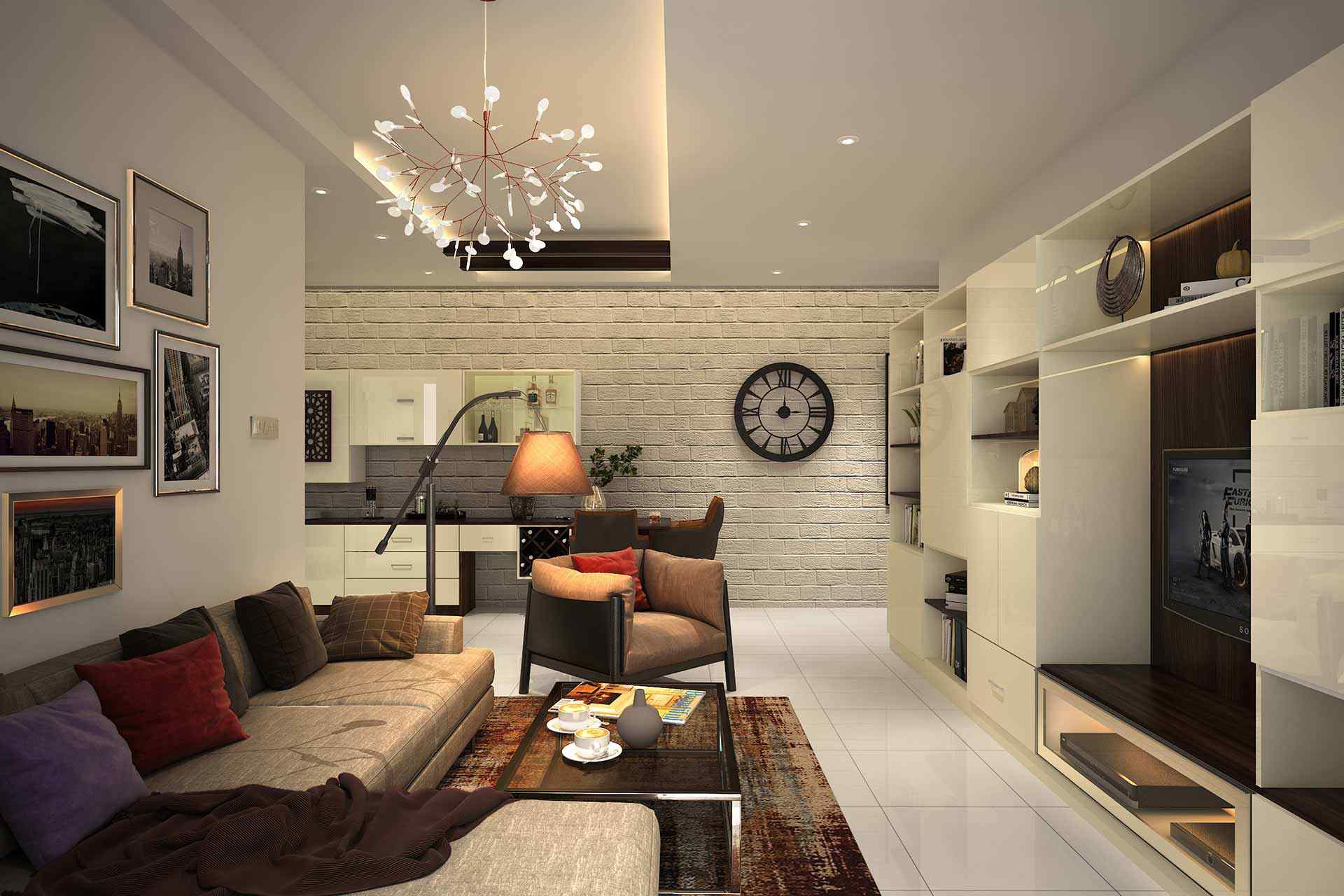
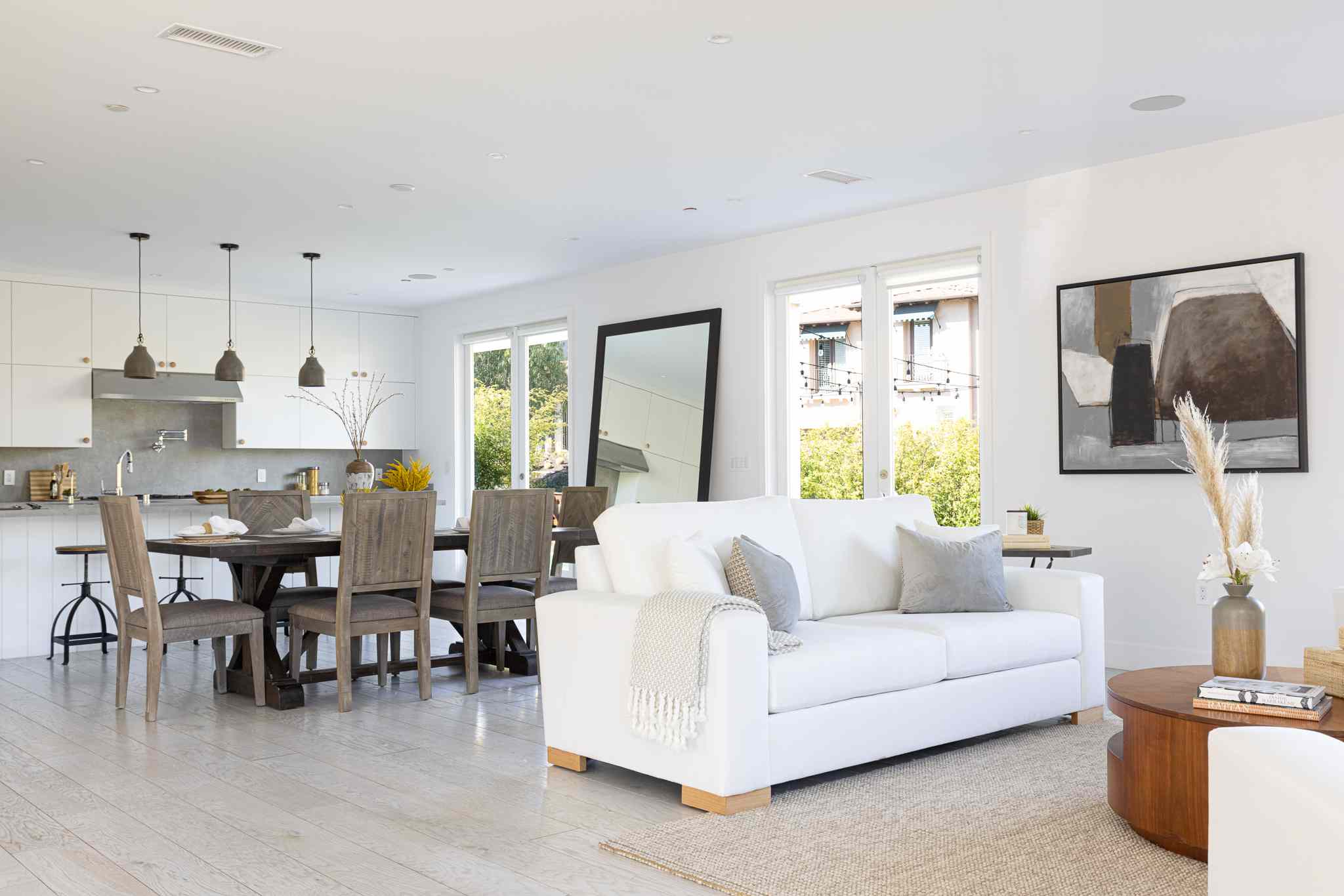
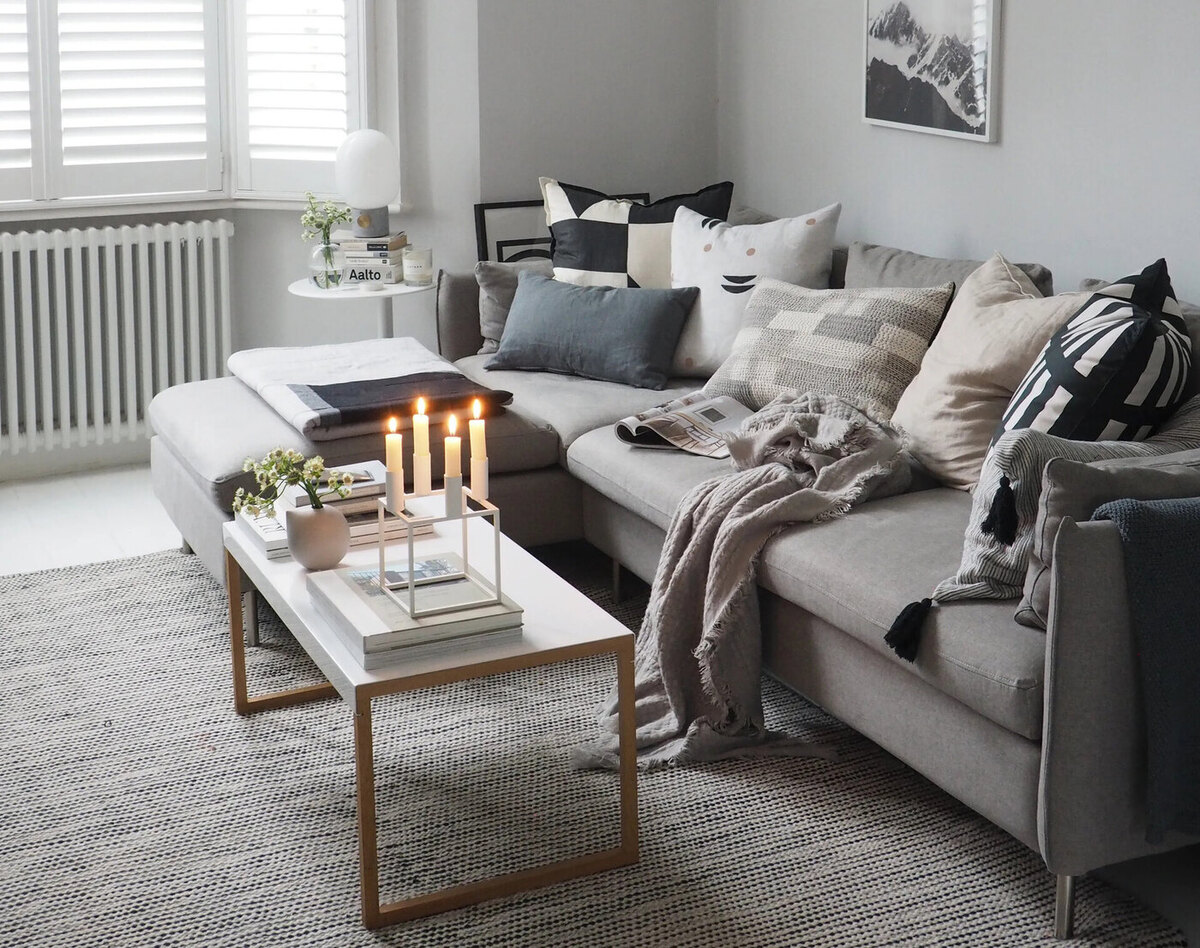
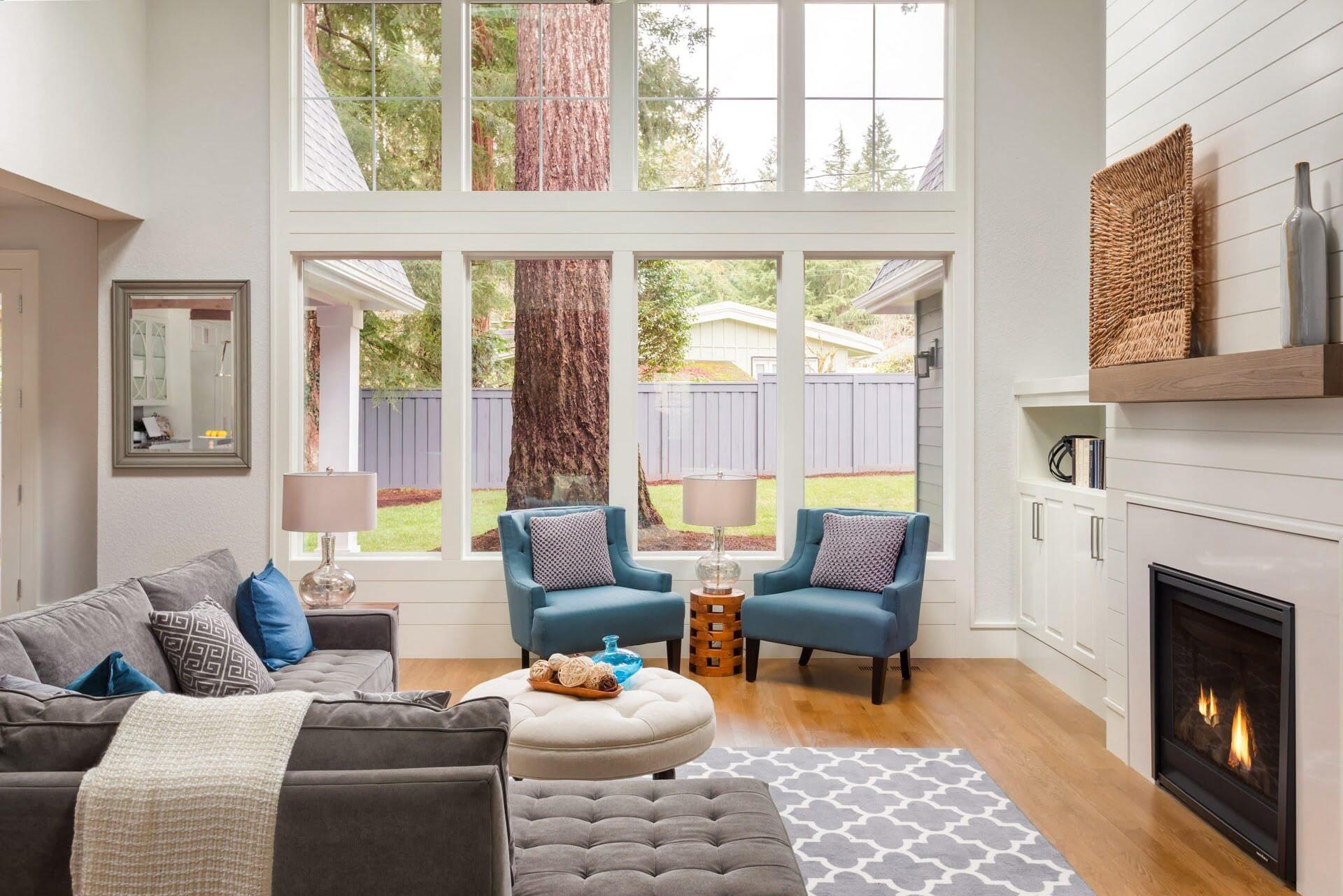
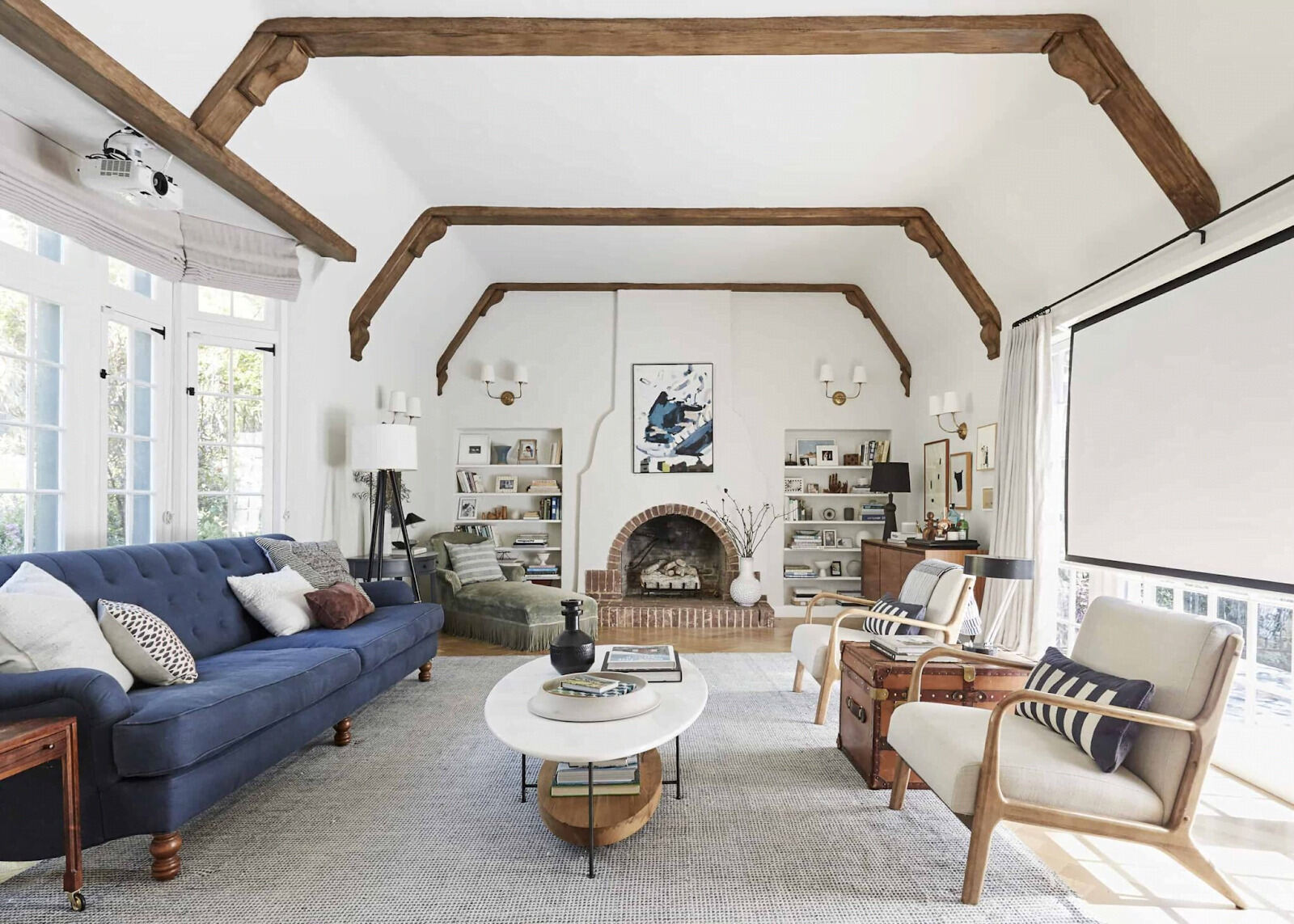
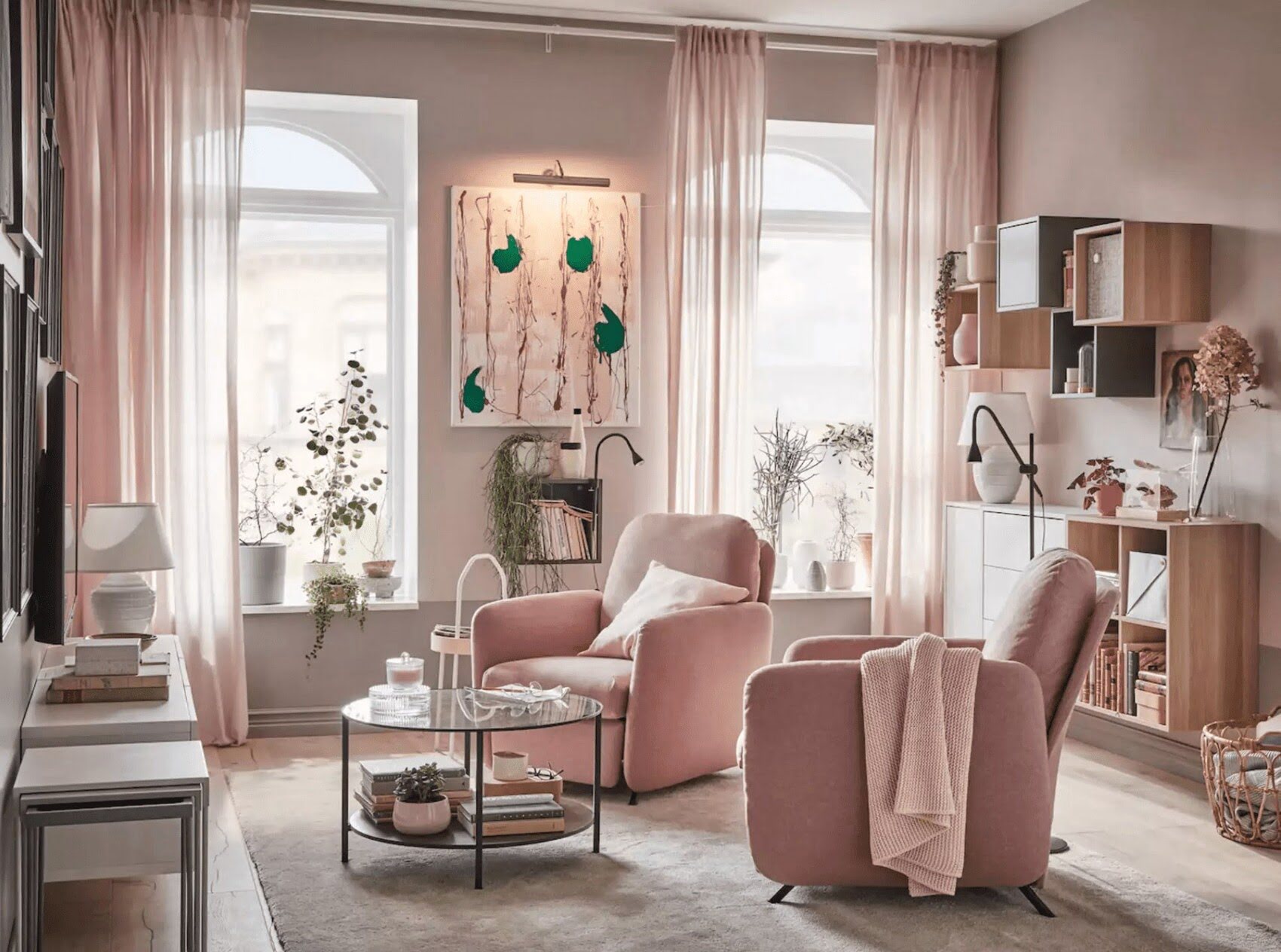
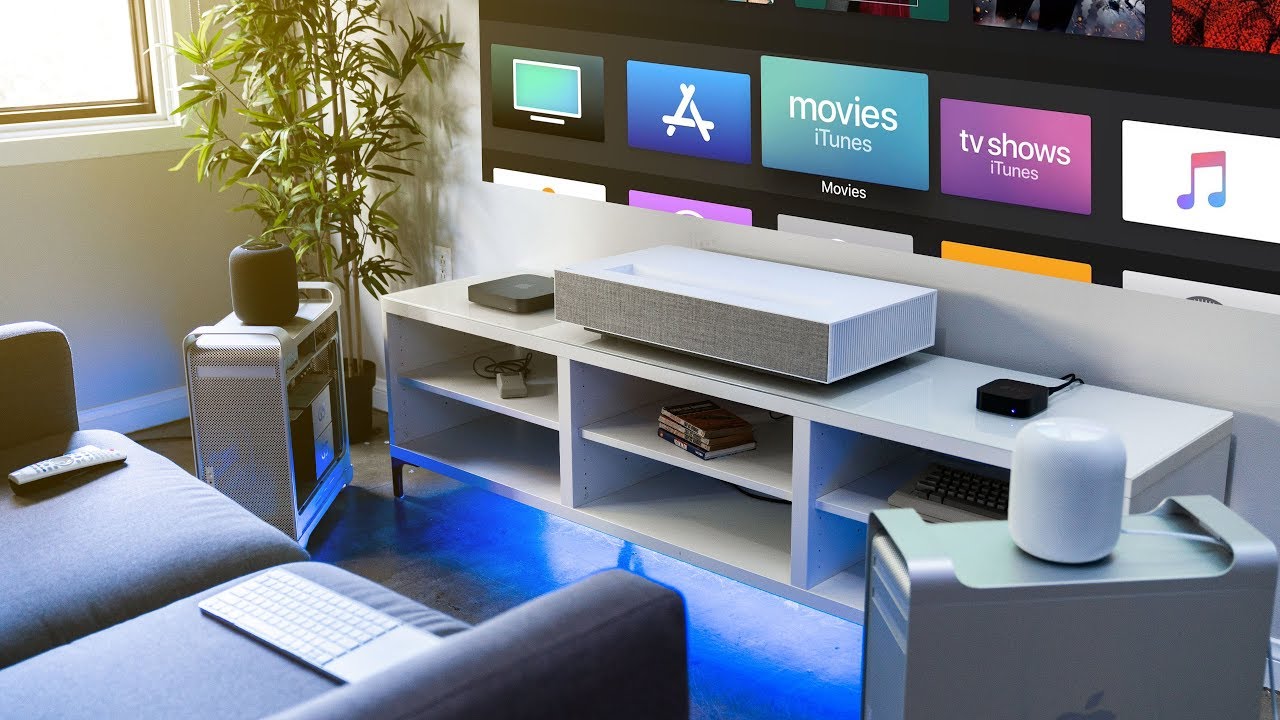
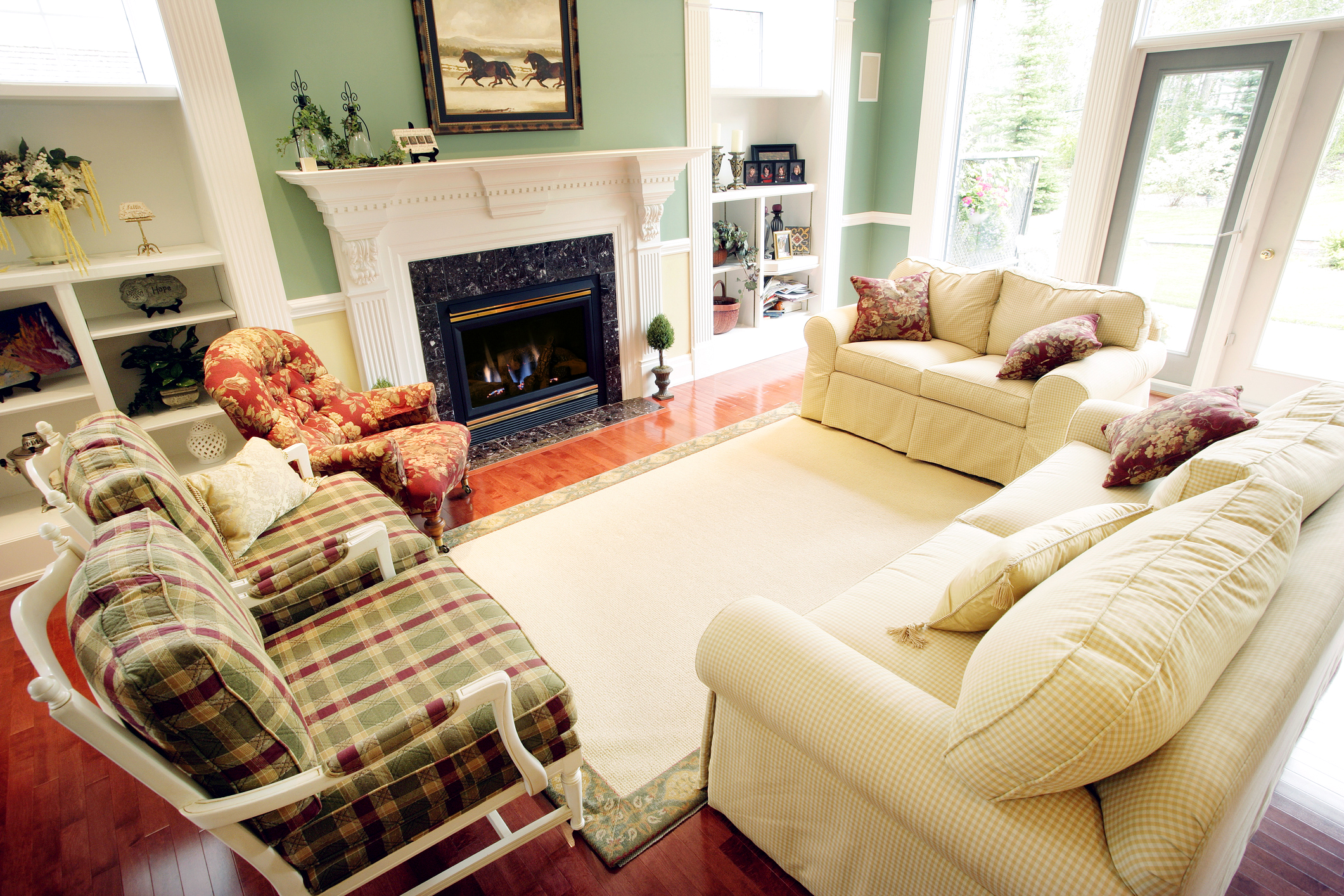
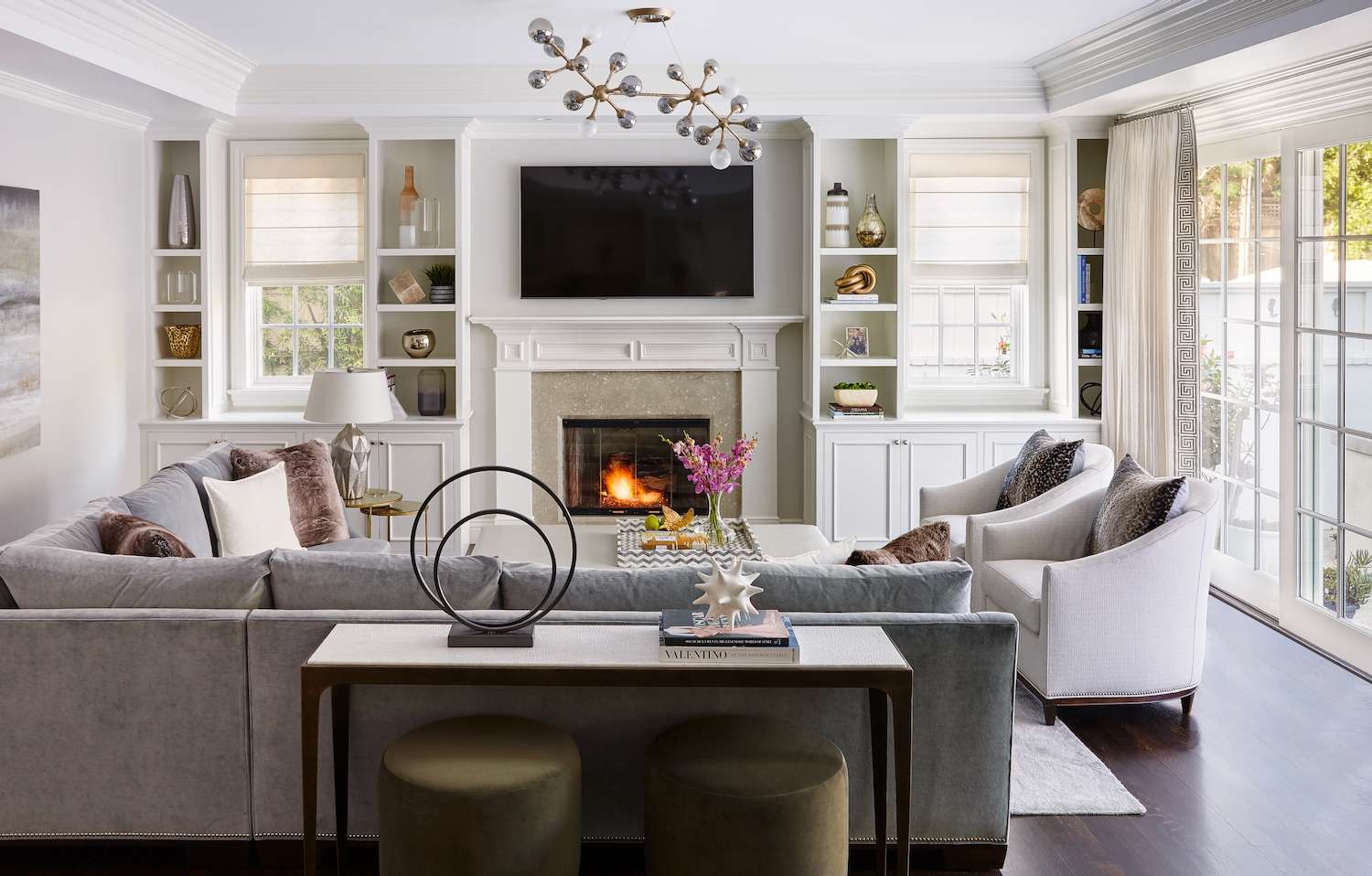
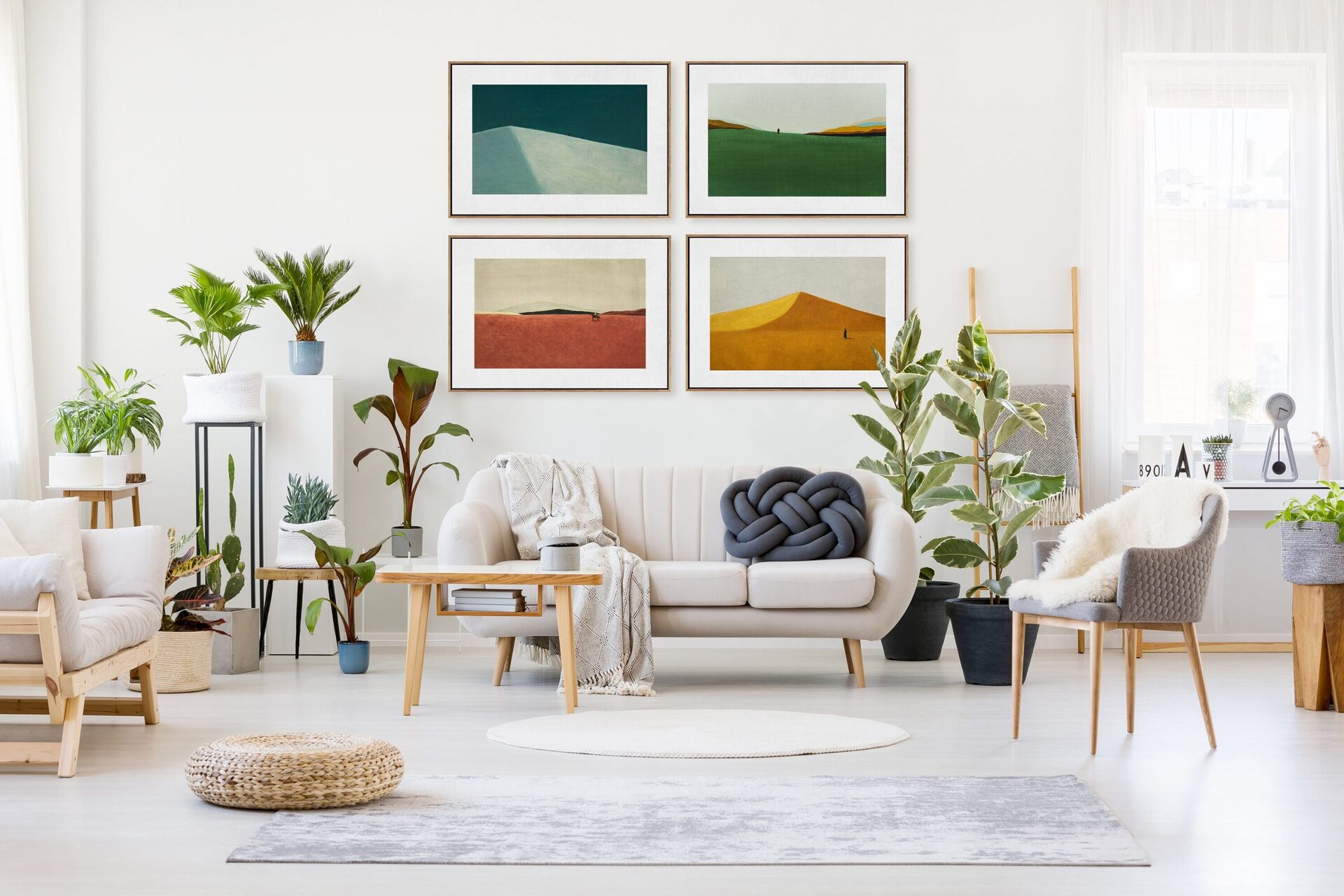

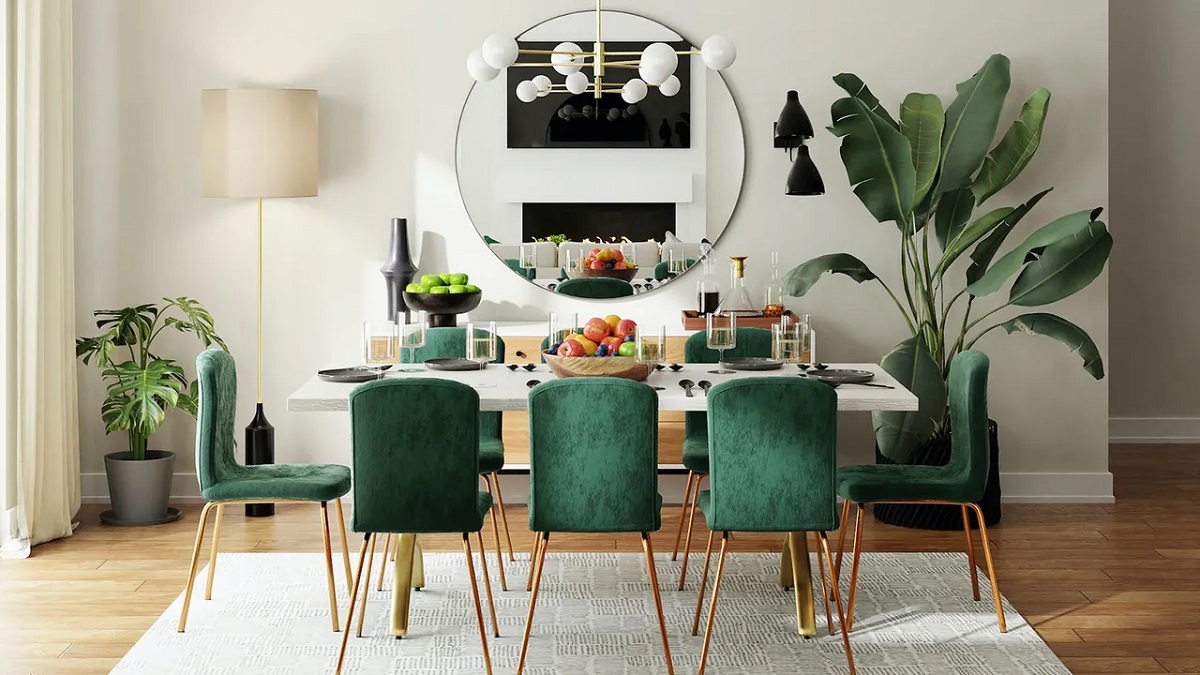

0 thoughts on “How Should I Set Up My Living Room”